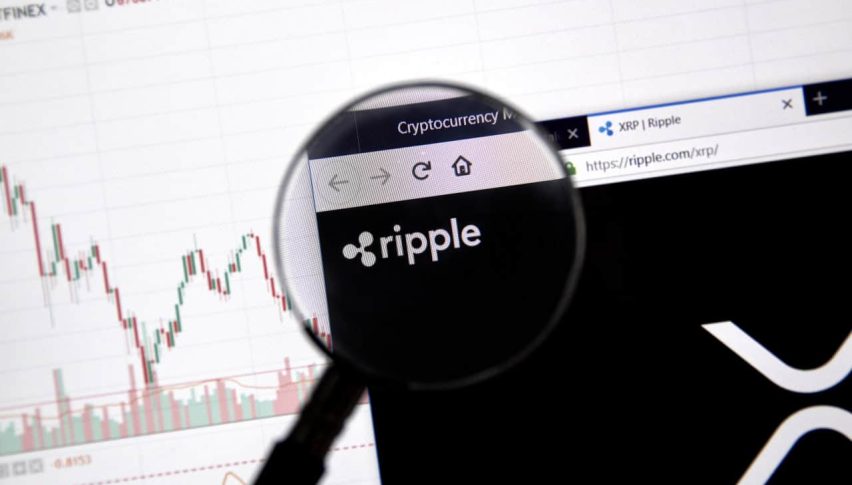No Lost Transactions: Ripple Reaffirms XRP’s Decentralized Strength
David Schwartz, Ripple's Chief Technology Officer, has utilized public forums to clarify common misconceptions regarding the XRP Ledger

Quick overview
- David Schwartz clarified that the XRP Ledger is a public, decentralized blockchain where Ripple cannot stop or modify transactions.
- He explained that Ripple's validator node does not have authority over the network, which relies on consensus among multiple validators.
- The XRP Ledger uses a Unique Node List of 33 validators to prevent malicious activities and ensure community involvement in decision-making.
- Schwartz acknowledged past technical issues with early XRP transactions but emphasized the network's focus on security and transparency.
Live XRP/USD Chart
David Schwartz, Ripple’s Chief Technology Officer, has utilized public forums to clarify common misconceptions regarding the XRP Ledger (XRPL) and the company’s influence over it.

Schwartz emphasized in a recent interview that the XRP Ledger functions as a public, decentralized blockchain where no single party, not even Ripple, has the authority to restrict or modify transactions. “No one has ever had a transaction stopped by Ripple,” he stated, highlighting the ledger’s accountability and transparency through its consensus process.
Schwartz also explained the role of Ripple’s sole validator on the network, clarifying that the company’s node holds no authority over the entire system. The XRP Ledger’s consensus process requires broad support and cooperation among validators to prevent unilateral changes.
The network currently utilizes a Unique Node List (UNL) consisting of 33 validators. This system is designed to protect against malicious actors who might attempt to flood the network with fake identities and disrupt consensus. Users have the option to select validators that match their preferences. Additionally, any controversial changes to the ledger must be accepted by the community as a whole.
Schwartz acknowledged that a technical glitch led to the loss of some early XRP transactions. However, he emphasized that this happened when XRP had no market value and only a small portion of the total supply had been distributed. Schwartz described the XRP Ledger as operating on an “anti-robustness principle,” prioritizing security over continuous operation by halting transactions when unexpected problems occur. While this has occasionally caused outages, it highlights the network’s commitment to security and transparency.
- Check out our free forex signals
- Follow the top economic events on FX Leaders economic calendar
- Trade better, discover more Forex Trading Strategies
- Open a FREE Trading Account


